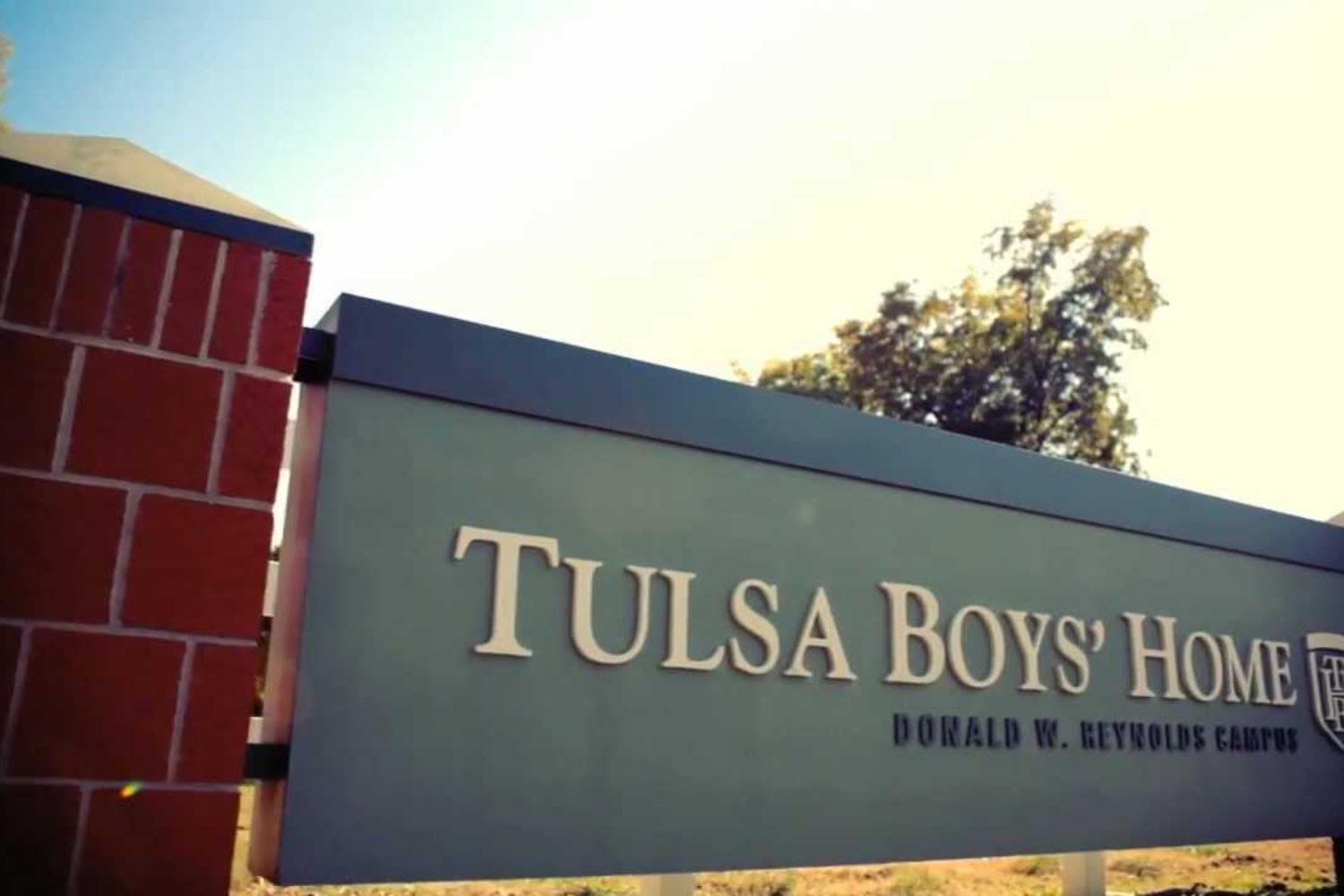
Purpose and Method of Study
This study investigated the factors that impacted hope in adolescent boys in foster care through the Snyder’s Hope Scale and determined the factors that impacted their hope. An explanatory sequential mixed-methods design was employed which collected the Snyder’s Hope Scale from a sample of 31 boys at residing at the Tulsa Boys’ Home (TBH). The findings from the quantitative analysis were utilized to formulate qualitative interview questions. From the sample of 31 boys, the three highest hope-scoring boys and the three lowest hope-scoring boys were interviewed to better understand factors impacting hope.
Findings and Conclusions
The analysis of the quantitative data revealed five major findings. Finding One: The boys at TBH had a mean Hope score of 52, while the mean pathways score was 26 and the mean agency score was 25. Finding Two: There was little variance in mean Hope scores among lodges. Finding Three: There was a drop in Hope scores during the duration of stay at TBH. Finding Four: The TBH residents’ Hope scores were highest at age 15. Finding Five: TBH boys have higher pathway and lower agency thinking.
After the analysis of quantitative data was completed, results were used to inform the qualitative interview questions which revealed six major themes. The first theme was that both low- and high-hope boys expressed academic and career goals. The second theme was meaningful adult connections impact hope. Theme three was boys demonstrated pathway thinking. The fourth theme was foster care makes goal achievement easier by increasing hope. Theme five was goal failure elicits feelings of vulnerability, yet increases resilience, and the final theme was maintaining a positive and hopeful disposition impacts hope.

